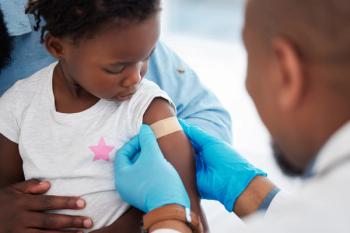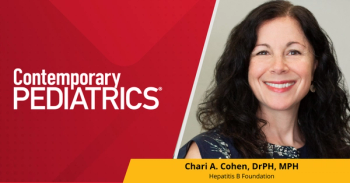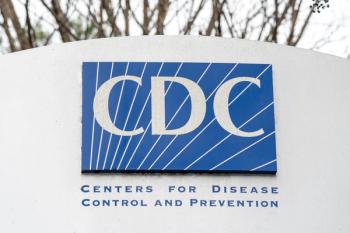
Social media exposure linked to increased cannabis, dual substance use in adolescents
Frequent exposure to cannabis and e-cigarette posts on social media is linked to increased teen cannabis and dual substance use, according to a study published in JAMA.
Adolescents who are frequently exposed to cannabis or e-cigarette-related content on social media—particularly from friends and influencers—may be more likely to initiate substance use, according to findings from a new study published in JAMA Network Open.1,2
The investigation included more than 7,600 high school students in California and was designed to assess whether social media exposure to e-cigarette and cannabis content was associated with solo or dual use of these substances among adolescents.
The first study was longitudinal and followed 4,232 high school students who had never used e-cigarettes or cannabis at baseline. Researchers found that 22.9% of participants reported seeing e-cigarette-related posts on social media at least weekly, while 12% reported similar exposure to cannabis posts. Platform-specific exposure was also common, with 13.4% of students reporting weekly or more exposure to e-cigarette content on TikTok.
One year later, 3.6% had initiated e-cigarette use alone, 3.9% had initiated cannabis use alone, and 4.5% had started using both substances.
Frequent exposure to cannabis-related content was significantly associated with greater odds of initiating each type of use. “Frequent exposure to cannabis social media posts was associated with solo e-cigarette use (adjusted odds ratio [AOR], 1.83), solo cannabis use (AOR, 1.60), and dual use (AOR, 1.71) initiation at 1-year follow-up,” the authors wrote.
In contrast, general exposure to e-cigarette content across social media platforms was not associated with future e-cigarette, cannabis, or dual use initiation. However, specific platforms appeared more influential. “Frequent exposure to e-cigarette posts on TikTok was associated with solo cannabis use (AOR, 1.74) and dual use (AOR, 1.78) initiation,” the study noted.
A second, cross-sectional survey included 3,380 students and examined whether the source of the content—friends, celebrities, microinfluencers, brands, or unknown sources—had any effect on recent substance use. In this group, 5% reported past-month e-cigarette use, 7.8% reported cannabis use, and 3.4% reported both.
Exposure to posts from microinfluencers and peers was associated with cannabis and dual use. “Exposure to e-cigarette and cannabis posts from microinfluencers was associated with past-month cannabis use,” the authors stated. For example, adolescents exposed to e-cigarette content from microinfluencers had an AOR of 2.67 for past-month cannabis use. Exposure to friends’ cannabis posts was linked to cannabis use (AOR, 3.35) and dual use (AOR, 2.46).
However, there were no significant associations between exposure to celebrity or brand posts and past-month e-cigarette use. Content from unknown sources was also not significantly associated with any outcome.
The authors suggest these findings highlight the role of peer influence and indirect marketing in shaping adolescent substance use behavior. “Since exposure to e-cigarette or cannabis posts may contribute to adolescent e-cigarette, cannabis, or dual use, improvement of social media community guidelines and greater policy attention to co-use and marketing of e-cigarettes and cannabis may help prevent youth substance use,” they concluded.
The study was led by researchers from the University of Southern California, Rutgers University, and the University of Oklahoma. Funding was provided by the National Institutes of Health and the National Institute on Drug Abuse.
References:
- Vassey J, Cho J, Vogel EA, Iyer T, Chen-Sankey J, Unger JB. E-Cigarette and Cannabis Social Media Posts and Adolescent Substance Use. JAMA Netw Open. 2025;8(6):e2517611. doi:10.1001/jamanetworkopen.2025.17611
- JAMA Network. E-cigarette and cannabis social media posts and adolescent substance use. Eurekalert. June 24, 2025. Accessed June 24, 2025. https://www.eurekalert.org/news-releases/1088343
Newsletter
Access practical, evidence-based guidance to support better care for our youngest patients. Join our email list for the latest clinical updates.










